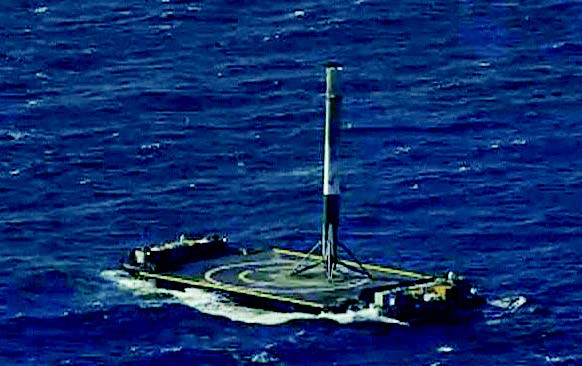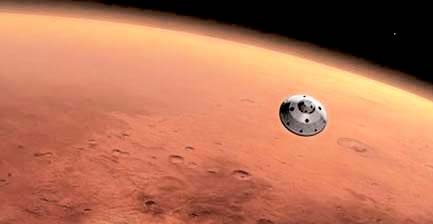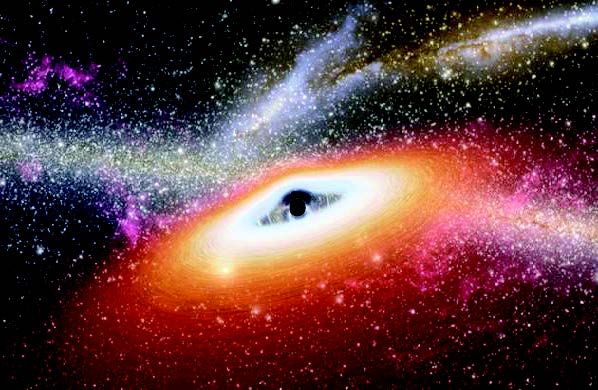
MIAMI (TIP): After four failed bids SpaceX finally stuck the landing, powering the first stage of its Falcon 9 rocket onto an ocean platform where it touched down upright after launching cargo to space.
Images of the tall, narrow rocket standing on a platform that SpaceX calls a droneship sparked cheers and screams of joy at SpaceX mission control in Hawthorne, California.
“The first stage of the Falcon 9 just landed on our Of Course I Still Love You droneship,” SpaceX wrote on Twitter, after launch from Cape Canaveral, Florida at 4:43 pm (2043 GMT).
NASA spokesman George Diller confirmed that the rocket had
“successfully” landed, just minutes after the Falcon 9 propelled the unmanned Dragon cargo craft to orbit, carrying supplies for astronauts at the International Space Station.
SpaceX has once before managed to set the rocket down on land, but ocean attempts had failed, with the rocket coming close each time but either crashing or tipping over.
SpaceX CEO Elon Musk says that being able to return costly rocket parts for repeated use, instead of jettisoning them into the ocean after each launch, will make spaceflight less expensive and less harmful to the environment.
“Landed! That is amazing! World-leading ability, proven,” wrote Canadian astronaut Chris Hadfield on Twitter, offering his congratulations to SpaceX.
“Opens the imagination to what is possible.”
– Mice and lettuce –
Friday’s breakthrough came after a closely watched return-to-flight mission, SpaceX’s first cargo delivery since June 2015, when the Falcon 9 exploded just over two minutes after liftoff, destroying the rocket and the supply ship.
SpaceX blamed the blast on a faulty strut in the Falcon 9’s upper booster, which allowed a helium bottle to snap loose, causing the explosion of the rocket, cargo ship and all its contents just over two minutes into the flight.
It has since upgraded its Falcon 9 rocket and changed its protocol to avoid a repeat of the strut failure in the future.
This time, the gumdrop-shaped capsule was packed with nearly 7,000 pounds (3,100 kilos) of supplies for the astronauts living in orbit.
The Dragon’s cargo includes an inflatable space room astronauts will test in microgravity.
Known as the Bigelow Expandable Activity Module, the chamber will be temporarily attached to the space station.
Lab mice for experiments and lettuce seeds for growing at the orbiting outpost were also included in the spacecraft, which should arrive at the International Space Station early Sunday.
Last year, astronauts ate space-grown lettuce for the first time.
Being able to grow food in space would be a boon to NASA’s efforts to send people into space for long journeys, such as to an asteroid or Mars in the coming decades.
Prior to Friday’s launch, SpaceX had successfully flown its newly upgraded Falcon 9 rocket twice since last year’s accident, both times to launch satellites.
Friday’s flight to the ISS marked the eighth in a series of resupply trips NASA has commissioned from SpaceX.





Be the first to comment